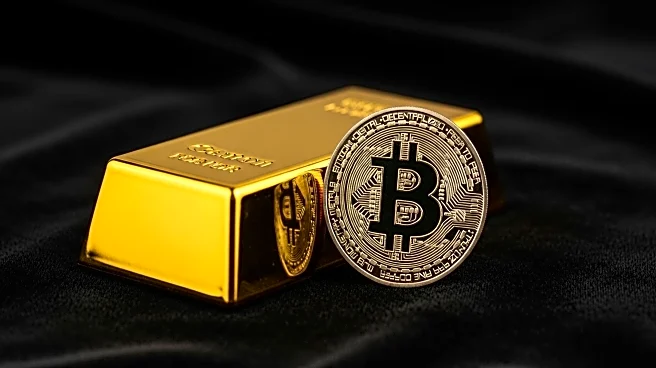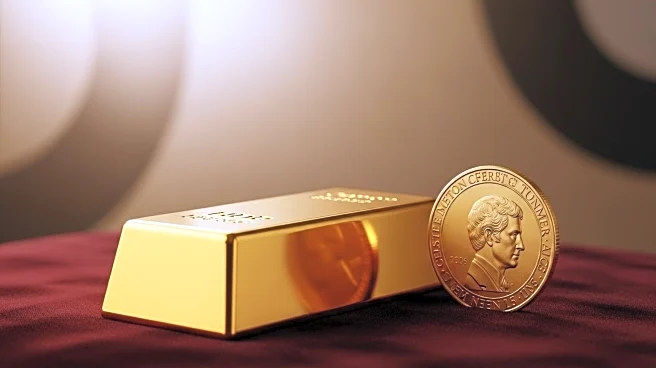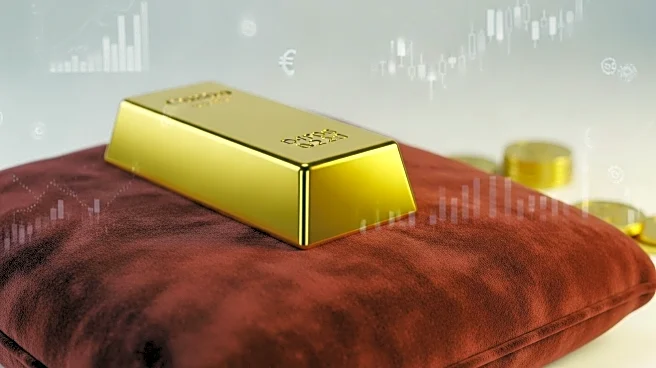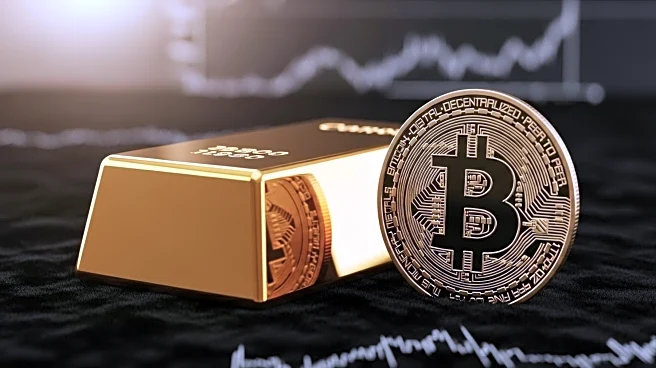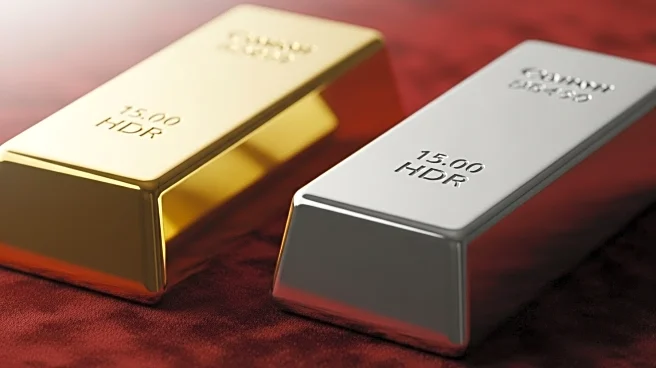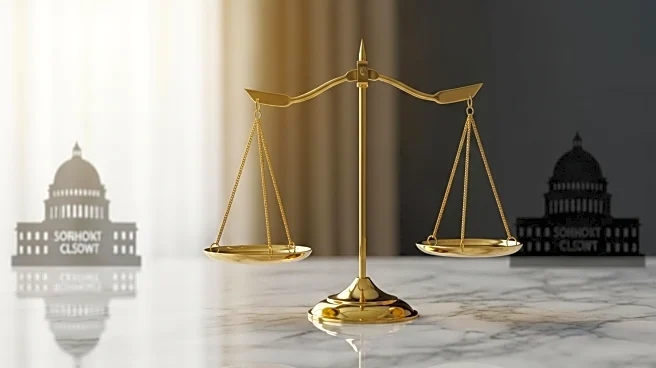What's Happening?
Intel, once a leading force in Silicon Valley, faces challenges as it competes with faster and more innovative rivals. The potential decline of Intel raises questions about its impact on the precious metals market. Historically, the assumption that metals automatically rise when tech giants falter is not consistently supported by data. During market-wide meltdowns, such as the one triggered by COVID-19 in March 2020, both equities and metals initially fell before stabilizing.
Why It's Important?
Intel's decline could symbolize broader issues within the U.S. tech sector, potentially affecting investor sentiment and market dynamics. If Intel's struggles are perceived as indicative of a larger economic shift, it could influence the demand for safe-haven assets like gold and silver. However, the relationship between tech sector performance and precious metals is complex, influenced by factors such as monetary policy, inflation expectations, and investor behavior during crises.
Beyond the Headlines
The narrative that Intel's decline would automatically boost precious metals overlooks the intricacies of market behavior. Investors often prioritize liquidity and cash during initial panic phases, with safe-haven assets gaining traction later. The broader context, including Federal Reserve policies and global economic conditions, plays a crucial role in shaping the response of precious metals to tech sector developments.


